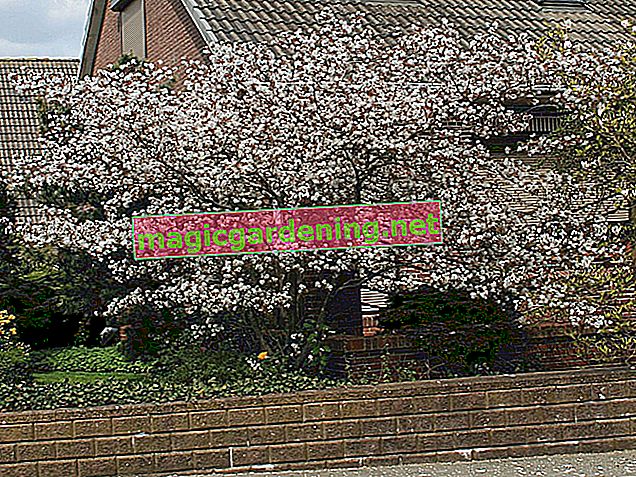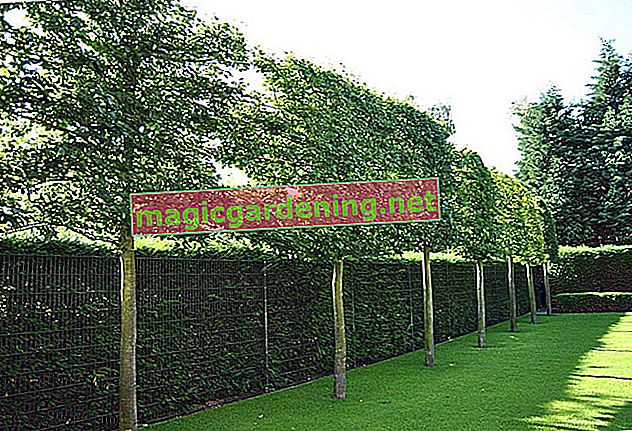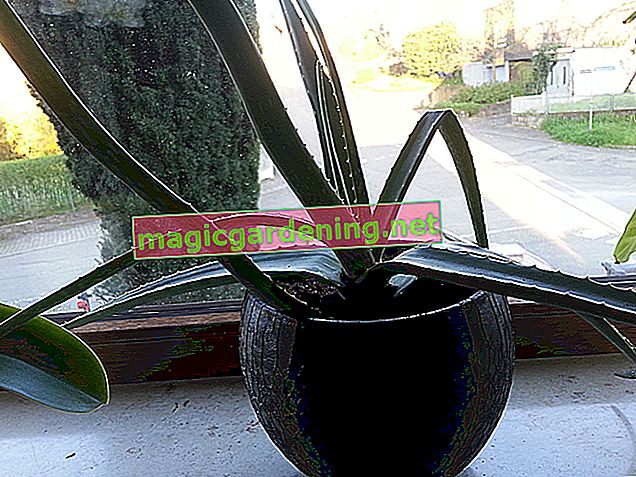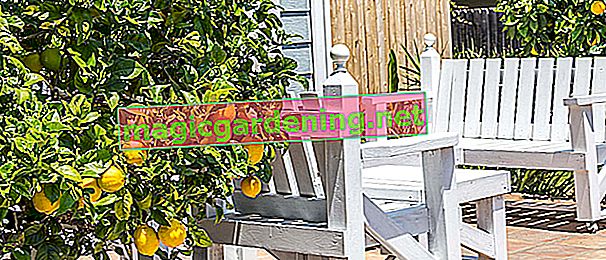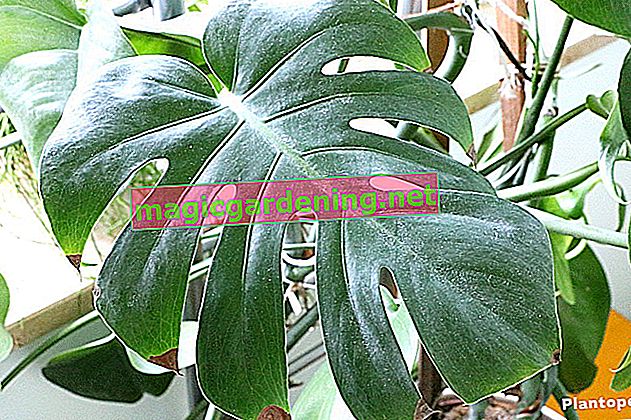
An important edible mushroom
Especially in autumn, the chanterelle is an edible mushroom that is an indispensable part of many restaurant menus and regional recipes. In the past it was more of a food for poor people, today top chefs are always hatching new gourmet recipes with chanterelles. The large number of chanterelles on the market suggests large-scale cultivation, but in reality the mushrooms, also known as chanterelles, all come from the collecting baskets of hardworking mushroom pickers. Many mushrooms available in this country originally come from the forests of countries such as:
- Hungary
- Lithuania
- Belarus
also read
- Grow chanterelles yourself with a lot of patience
- The limited season of chanterelles
- How to keep chanterelles - the best tips and tricks
The difficulties in growing chanterelles
As a typical forest mushroom, the chanterelle is so difficult to grow because, according to the mycorrhizal system, it lives in a symbiosis with the root systems of different tree species. While the fungus improves the ability of the roots to absorb water, the root system provides it with vital energy that would otherwise be denied it due to its chlorophyll deficiency and lack of enzymes. In order to grow chanterelles on your own property, it is therefore necessary to know these relevant factors for the growth of these fascinating mushrooms.
The hosts of the chanterelle
Chanterelles usually only occur on light forest floors without dense vegetation with shrubs and grasses. They are often found in mossy places with naturally increased soil moisture. The roots of:
- Spruce
- fir
- jaw
- European beech
Prepare the right soil
The boggy and slightly acidic soil is a basic requirement for the successful settlement of chanterelles. Since the growth of fungi is inevitably linked to the root systems of trees, they can only be grown on the edge of the forest, directly in the forest or in a tree plantation. Since root runners close to the ground are required for fungal cultures, you should choose a sufficiently moist location with little incentive for deep root growth for your experiments.
The mycelium ensures continuity
Experienced collectors of chanterelles not only remember promising locations for the next season. They also leave the mycelium as the root base of the fungi, because apart from flying spores, only a new fungus can develop from it. If you find such mycelia from chanterelles while collecting them in the forest, you can try their gentle transplanting onto your own property. But always leave the mycelium at the actual location to preserve it in nature.
Tips & Tricks
In the case of cultivated mushrooms such as the champignon, straw bales are inoculated with certain amounts of mycelium or spores in order to plant the desired mushrooms on the respective growing substrate (9.05 € on Amazon *). Chanterelles don't make it so easy for their keepers. However, spores can be spread on spruce and pine roots with the irrigation water. Chanterelle mushrooms may grow if the conditions are suitable.

